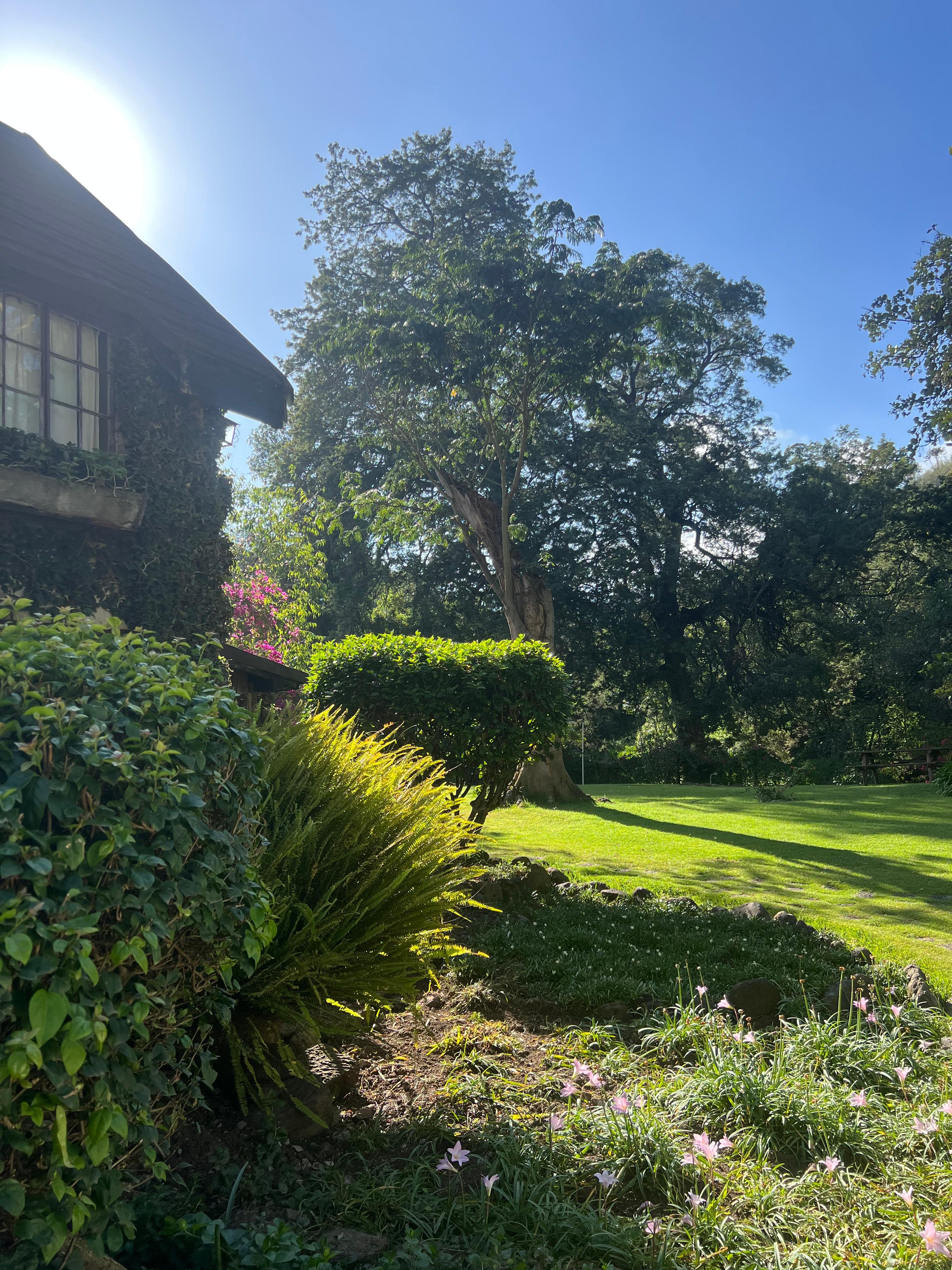INSPIRATION
Troubled Mara: Can conservancies lead the way?
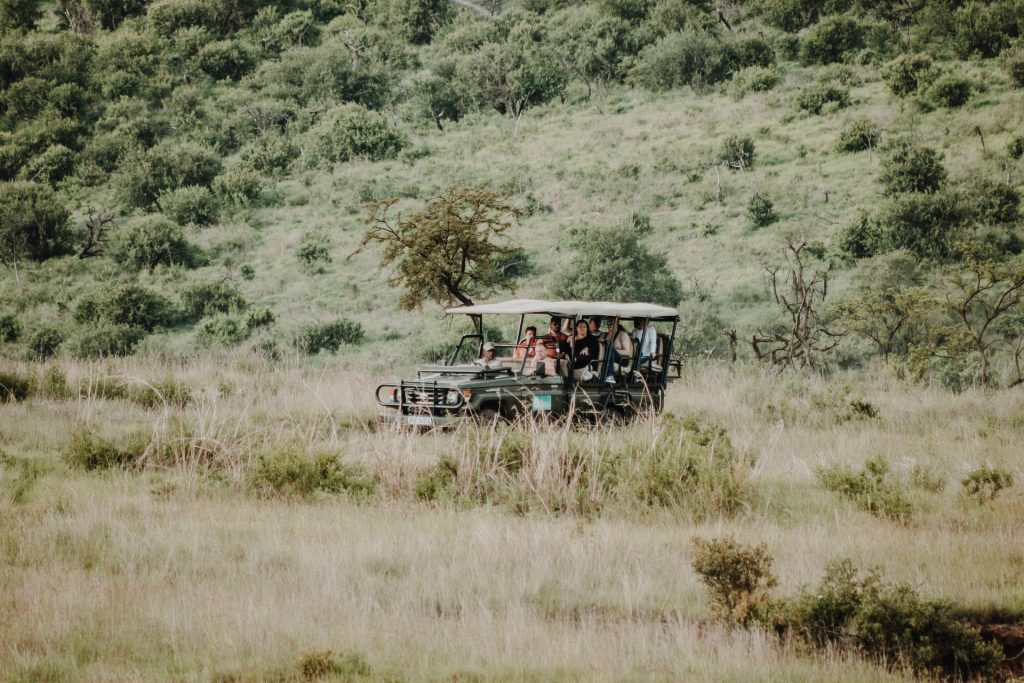
Conservationists warn that Kenya’s most celebrated game reserve, plagued by mismanagement and overpopulation, is living on borrowed time. Could privately-managed conservancies hold the answer?
It’s early dusk, and large herds of cattle are making their way into the reserve. Everywhere can be heard the tinkling of bells, the mumble of herdsmen, the lowing of cows. The cattle, tens of thousands of them, will graze all night, and leave before the tourists charge out from their lodges at first light on a game drive. The nightly incursions are just one manifestation of an unfolding crisis, triggered by decades of mismanagement, that is threatening the Mara, Kenya’s most precious conservation asset.
Maasai Mara (Frank de Jongh)
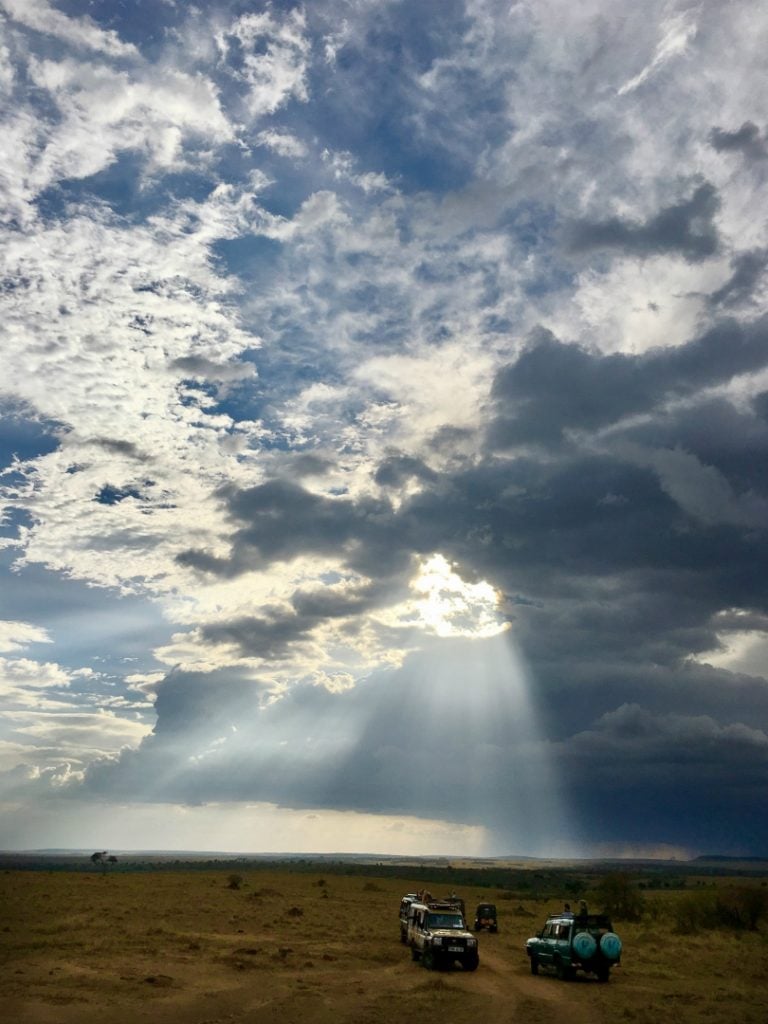
50,000 cattle a night
The problems are myriad. Over the past two decades, lodges and camps have proliferated inside and on the borders of the reserve, and shanty towns have expanded and encroached on the Mara ecosystem. With the increase in the human population, so, too, have cattle numbers exploded. Herders are bringing as many as 50,000 cattle into the reserve every night, trashing grazing grounds. “It is a real free-for-all,” says Brian Heath, whose management company runs the Mara Triangle, as well as the Mara North and Naboisho conservancies adjacent to the Mara. “There is a perception that if things continue the way they have for the last 10 years, then the Mara’s days are numbered.”
A sense of foreboding hangs over one of the world’s greatest wildernesses, and some now question whether the Mara can survive.
Livestock graze in the reserve (Brian Siambi)
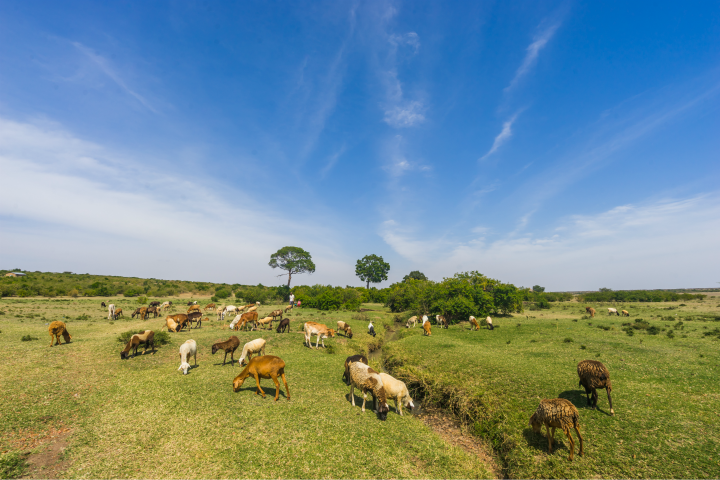
‘A veneer that all is well’
In colonial times, the Mara was a favoured trophy-hunting ground before its formal creation as a national reserve in 1961. For many, the Mara was long an afterthought on the way back from the Serengeti. It was only when Tanzania closed its border with Kenya in the 1970s that the Mara emerged as the premier safari destination that it is today.
Tens of thousands of visitors descend on the Mara every year, drawn by the sheer exuberance of the wildlife. The plains teem with game, stalked by lion, cheetah and leopard. The natural theatre is at its most vivid in July and August, when over a million wildebeest make the perilous journey north from the Serengeti to the golden pastures of the Mara in the greatest terrestrial show on earth. But, as Jonathan Scott, a wildlife photographer and presenter on the BBC Big Cat Diary, points out: “What you see is superficial. It’s only a veneer that all is well.”
For many years, nomadic Maasai herders and predators existed in an uneasy equilibrium. But as communally-owned group ranches were sold off and subdivided into individual plots, the Maasai became more sedentary. They erected fences that cut off migratory corridors and breeding grounds. The tolerance towards predators that had hitherto existed was no longer there. When it started in 1996, Big Cat Diary helped put the Mara on the map. The long- running television series charted the fortunes of the Marsh Pride, bringing the much-loved lions into households around the world. But where wildlife and livestock compete, inevitably there is conflict. “One of the hardest things the Marsh Pride has gone through is [human] population growth,” says Jackson Ole Looseiya, a co-presenter on the show, and the reserve’s best-known guide. “The area between the reserve and Marsh Pride territory is communal land. They [the lions] are constantly in battle with the community, killing cows day and night.”
Lioness and cubs (Frank de Jongh)
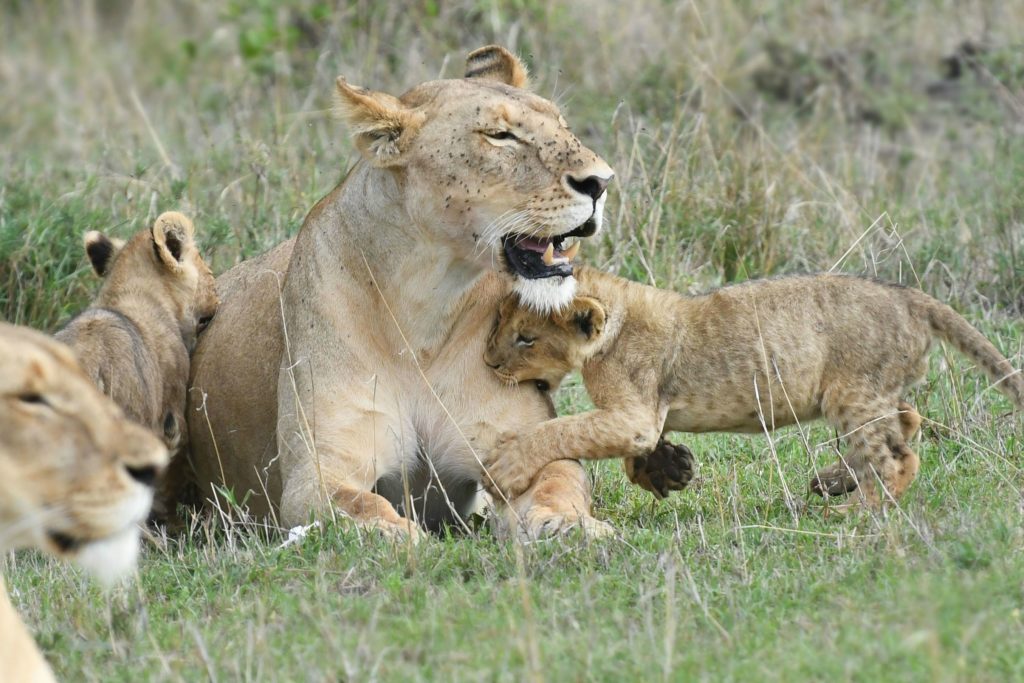
Marsh Pride in danger
In late 2015, the Marsh Pride suffered a devastating loss beyond the reach of the camera crews. Herders, who had lost livestock to the lions, laced a cow carcass with poison. They killed Bibi, the matriarch of the pride, and Sienna, a younger lioness. A third lion, Alan, was also poisoned, and later so badly trampled by a buffalo that vets decided to put him down. A handful of lions are killed every year by vengeful farmers. Some of them are speared, others shot, a few are poisoned. For just a few dollars, farmers can buy a cheap pesticide, just a teaspoon sprinkled over a carcass enough to fell a predator. The consequences can be devastating. “If someone poisons a cow carcass, it wipes out a pride, hyenas, vultures, eagles,” says Nic Elliot, who heads the Mara Lion Project, run by the Kenyan Wildlife Trust. Despite boasting perhaps the healthiest density of lions in the world, the Mara’s lions are under pressure. Over four years, Elliot and his team recorded 1,023 lions over the age of one year. In the latest survey, a snapshot of a lion population at a particular time, they counted 420 lions, suggesting a huge number has simply disappeared or died. In perhaps the longest-running study of its kind, a report tied wildlife declines to an explosion in livestock populations. The study, led by Dr Joseph Ogutu, formerly of the International Livestock Research Institute, found that from 1977 to 2016 wildlife, particularly warthog, Thomson’s gazelle and giraffes, had declined across Kenya’s rangelands by an average of 68 percent. At the same time, livestock numbers increased by roughly the same number.
(Frank de Jongh)
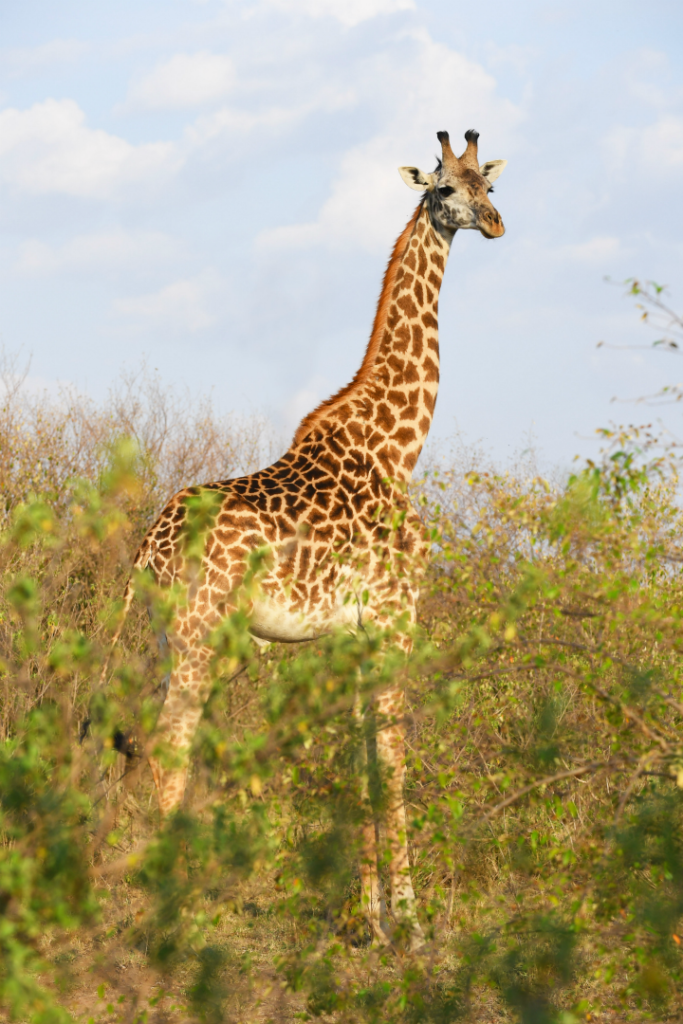
Hands tied
Unlike Kenya’s other big game reserves, the Mara remains in the hands of the Maasai, or rather the Narok County Council. Its management is questionable: suspect deals with politicians have been a key driver in the surge of lodges, while there is little transparency on how the millions generated from tourism every year go back into the communities. On the frontline is the Mara’s head warden, Samson Lenjirr, a committed conservationist, who describes himself as little more than a figurehead in the fight to protect the reserve. Asked why he doesn’t do more to stop the cattle incursions, he spreads his hands helplessly. He says, with some understatement, that he has almost no resources with which to do so. “We have thrown them out a number of times, and we fine them,” he says of the cattle herders. The herders know that it is illegal, he says “but they hide behind political patrons.” In times of drought, herders brought their cattle into the reserve, but now it is a nightly, even daily, occurrence. Julius Njotich, who is herding dozens of cows one afternoon to a salt lick deep in the reserve, brings his cows in every night, despite losing more than 60 head to predators, mainly lion, in the past two years. “If they stop us, we will have to sell our cattle,” he says. “The Maasai depend on animals. If we can’t use the reserve, it will be a huge problem.”
(Frank de Jongh)
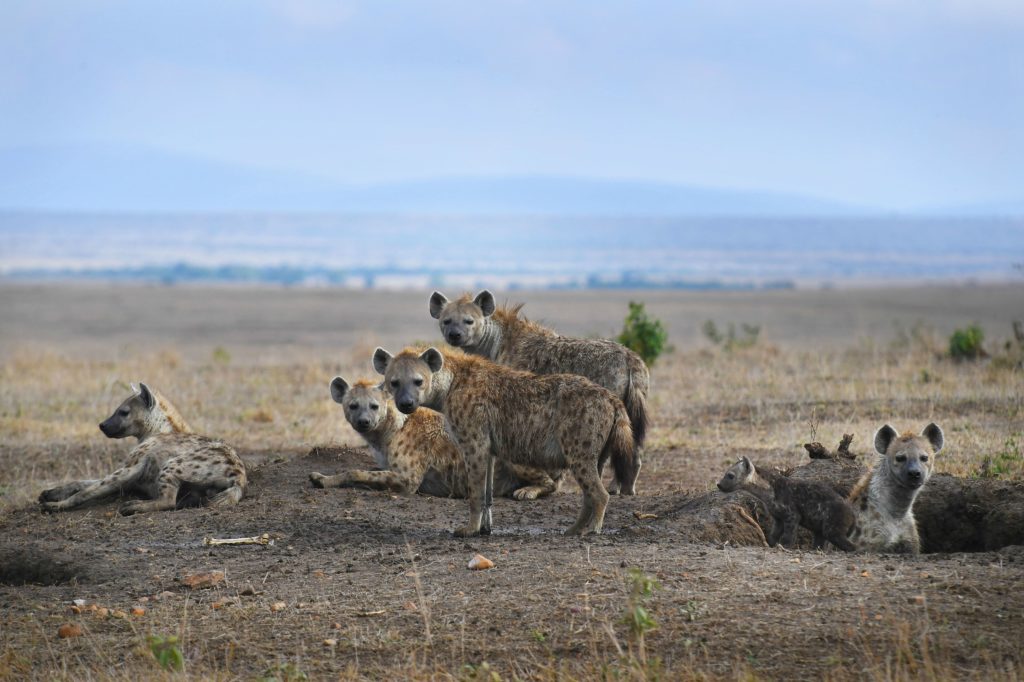
Conservancies’ success
If there is hope for the Mara, it arguably lies with the conservancies, created out of the communal group ranches that were parcelled off into individual plots. Since 2006, 14 conservancies have been created, spanning a size almost the same size of the 580-square- mile reserve. The more established are now verdant, undulating savannahs favoured by lions where game viewing is an intimate affair. Tourism stakeholders lease land off Maasai landowners for a monthly fee, and in return allow cattle grazing on a rotational basis.
Beds are limited to one tent, or two beds, to 700 acres, and no more than four or five vehicles can view an animal at any one time, a far cry from the reserve, where as many as 20 minibuses crowd round a single cheetah. Lenjirr believes the conservancies have thrown the reserve a lifeline. “The only thing saving the Mara today is the rise of conservancies,” he says. “If there were no conservancies, the Mara would have become a megazoo.” But it’s still early days for the conservancies, and a number of smallholders have opted out, particularly those living on the border of the reserve, complicating efforts to create a contiguous wildlife catchment area. There is also a suspicion that those landowners, barred from rangelands now part of the conservancies, are those most likely to graze their cattle in the reserve. Much also depends on the ability of the tourism stakeholders to continue providing the Maasai with sufficient financial incentives – not just during the good times – to dissuade them from putting their land to alternative use. Inducements to encourage the Maasai to reduce their numbers of cattle in favour of better-quality herds are under discussion, but it will take time to change an age-old perception among the Maasai that cows confer status, and the more the better.
(Frank de Jongh)
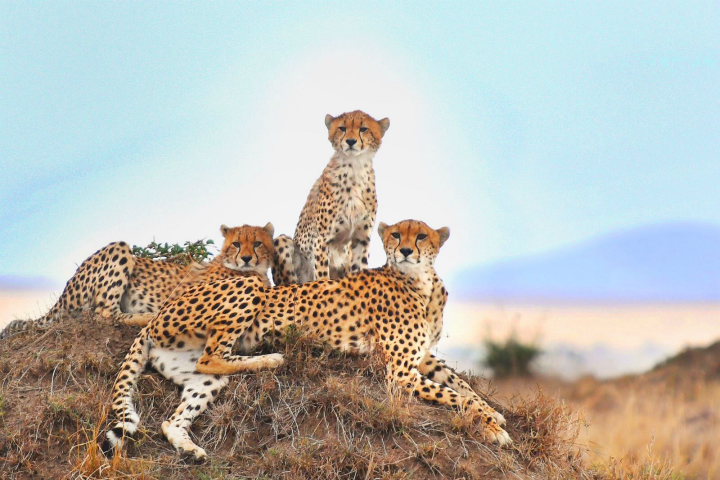
Management change?
Meanwhile, patience at the top is running out. Daniel Sopia of the Maasai Mara Wildlife Conservancies Association says there is an open discussion in high-level circles about wresting management control from Narok County. “If the county government cannot address the issue of cattle incursions, and [lack of] management plan … there will be a need to bring in outsourced management,” he says. “I would champion for an independent management company to manage the game reserve, free from political interference.” He adds: “I’m very certain that it’s in the pipeline.” It seems almost inconceivable. Kenya Wildlife Service chairman Richard Leakey, a veteran conservationist, has previously ruled out such a move as fraught with political challenges, although outsourcing to private management is perhaps more palatable to local leaders than drafting in the KWS. There is a precedent. In 2001, the Transmara council, which controls the Mara Triangle, the eastern part of the reserve, invited Heath and his team in to manage it. The place “was on its knees,” says Heath, wracked by poaching, cattle theft and worn bare. Within 16 years, its rangelands have been completely regenerated, the roads rebuilt, and revenue goes back to the community. Big cat viewing there is equal to if not better than the reserve. It has been, conservationists broadly agree, a huge success. Whether it could be a model be rolled out across the Mara remains uncertain. Much will depend on whether Governor Samuel Tunai is re-elected, and makes good on his pledges to turn the situation around, says Heath. If not, he adds, “there comes a time when someone has to do something about it.” Liked this article? Read more at Nomad Magazine
TAGS
Our Top Experiences
SEEN SOMETHING YOU LIKE?
Enquire now and our team will create a custom itinerary tailored to your preferences.

CONTACT
enquiries@nomad.africa
Tel: +254 708 238 738
Purple Nomad Ltd
PO Box 69671 - 00400
Mwanzi Avenue, Nairobi, Kenya


